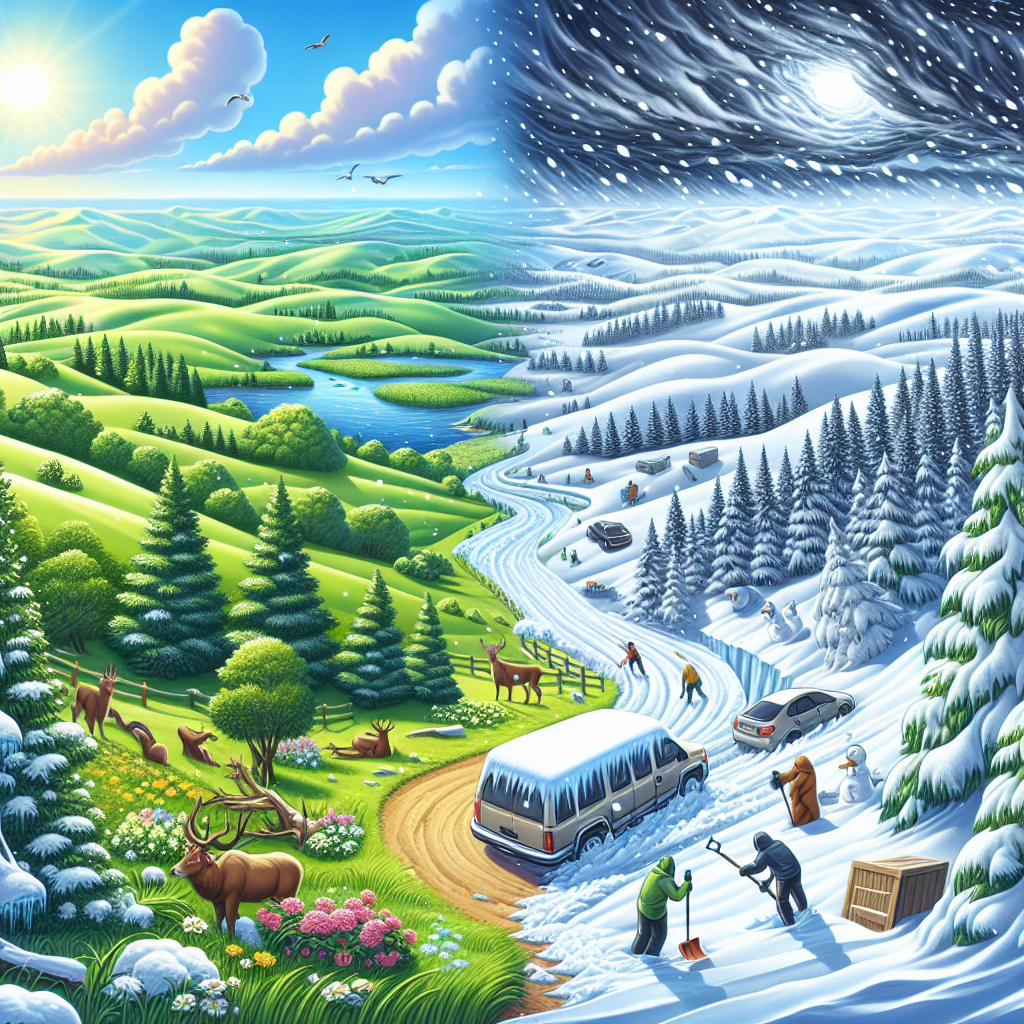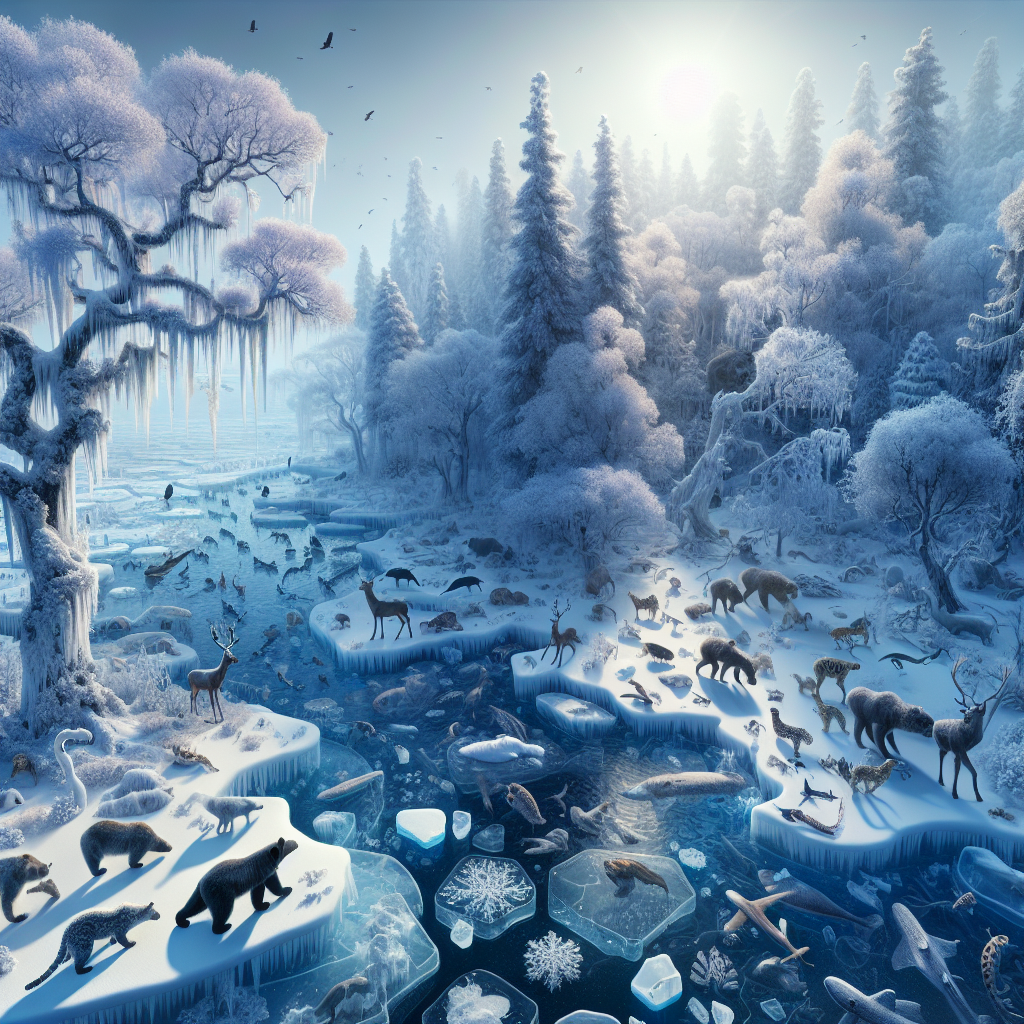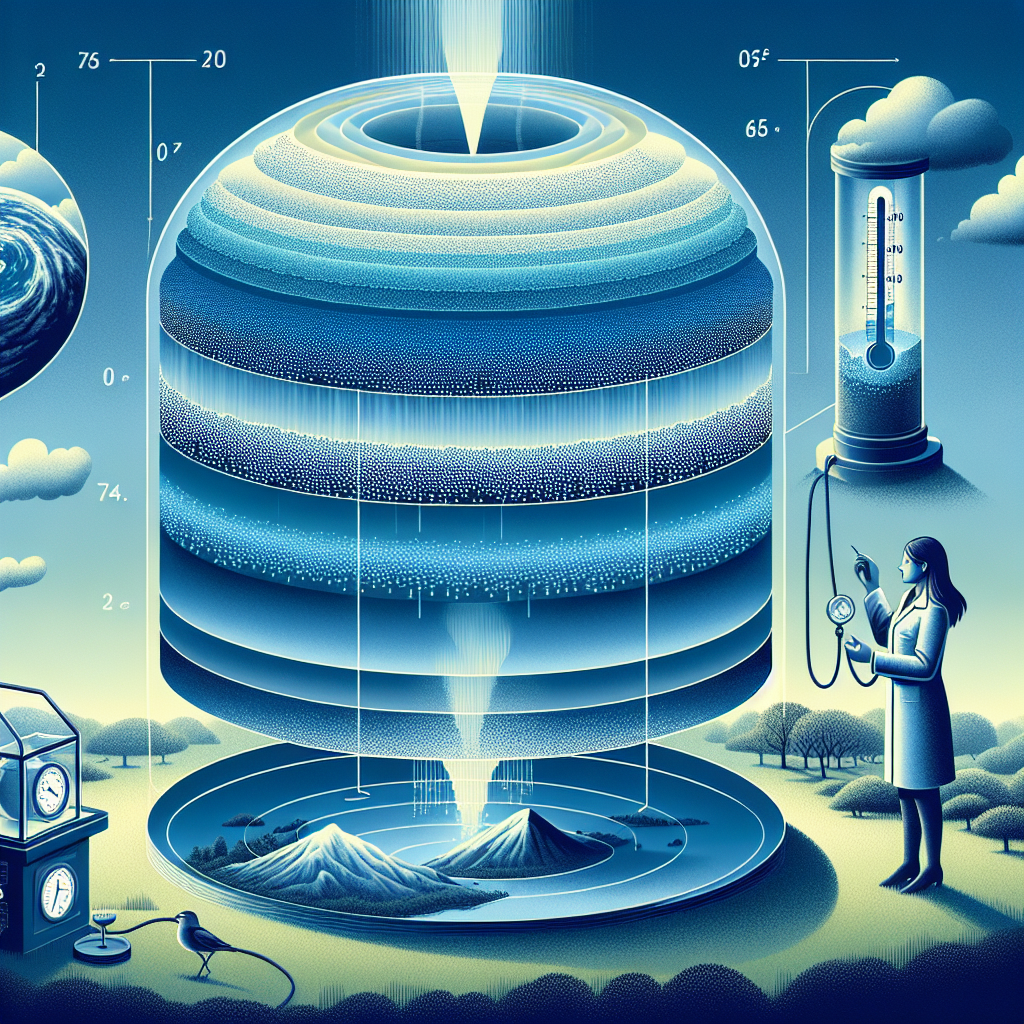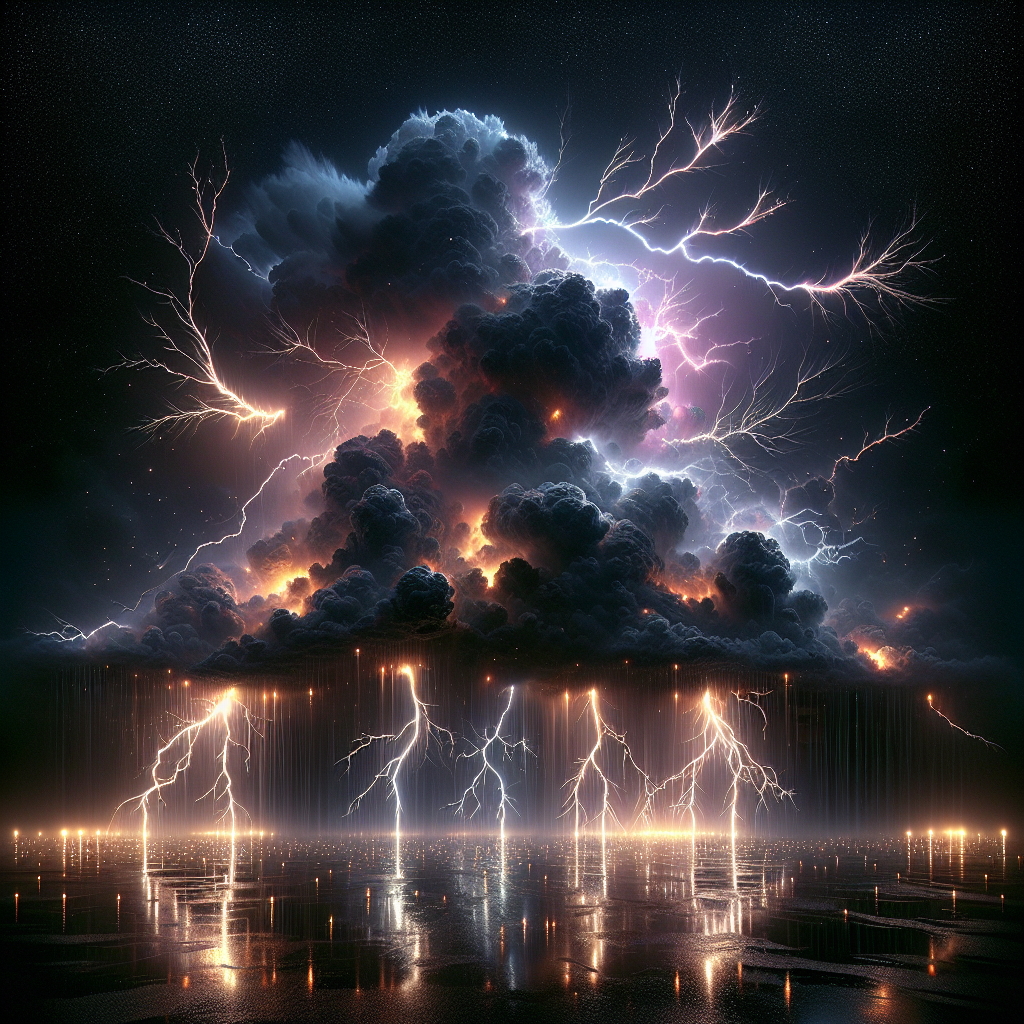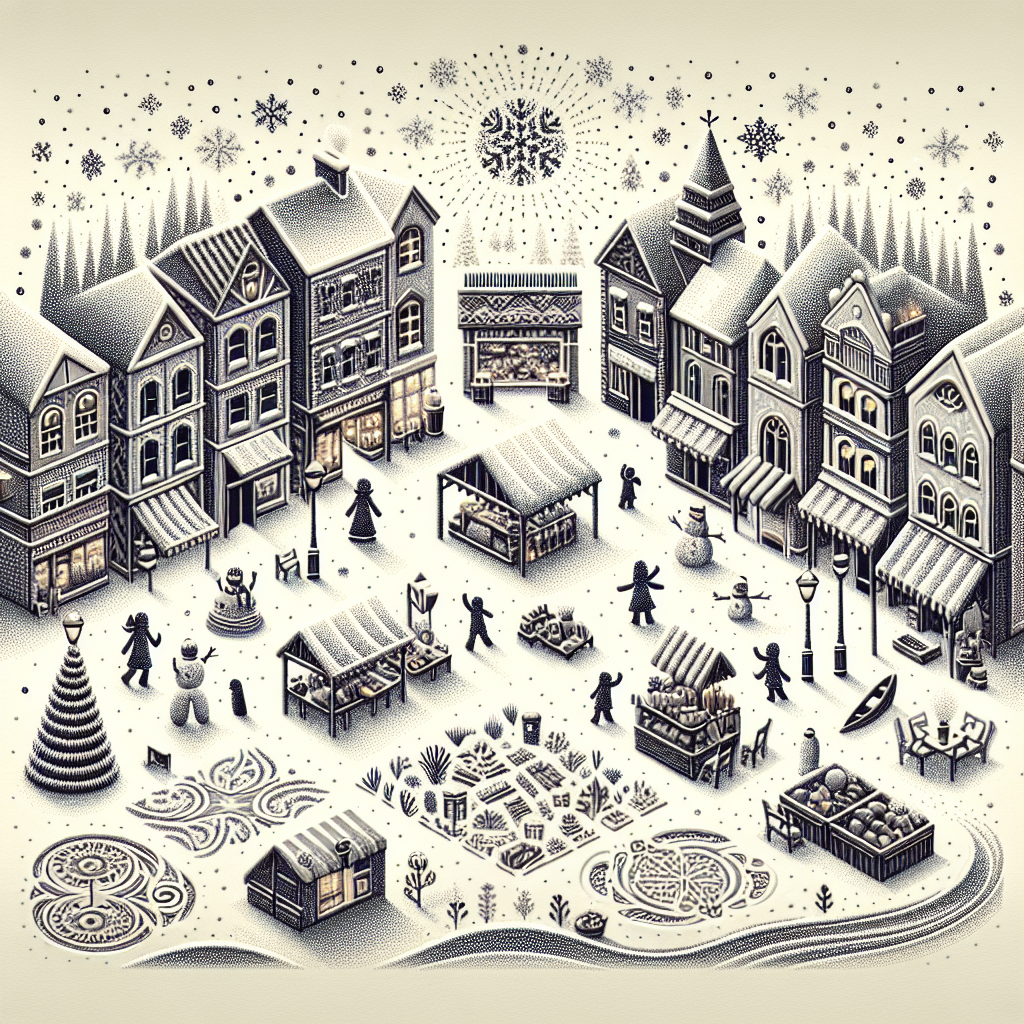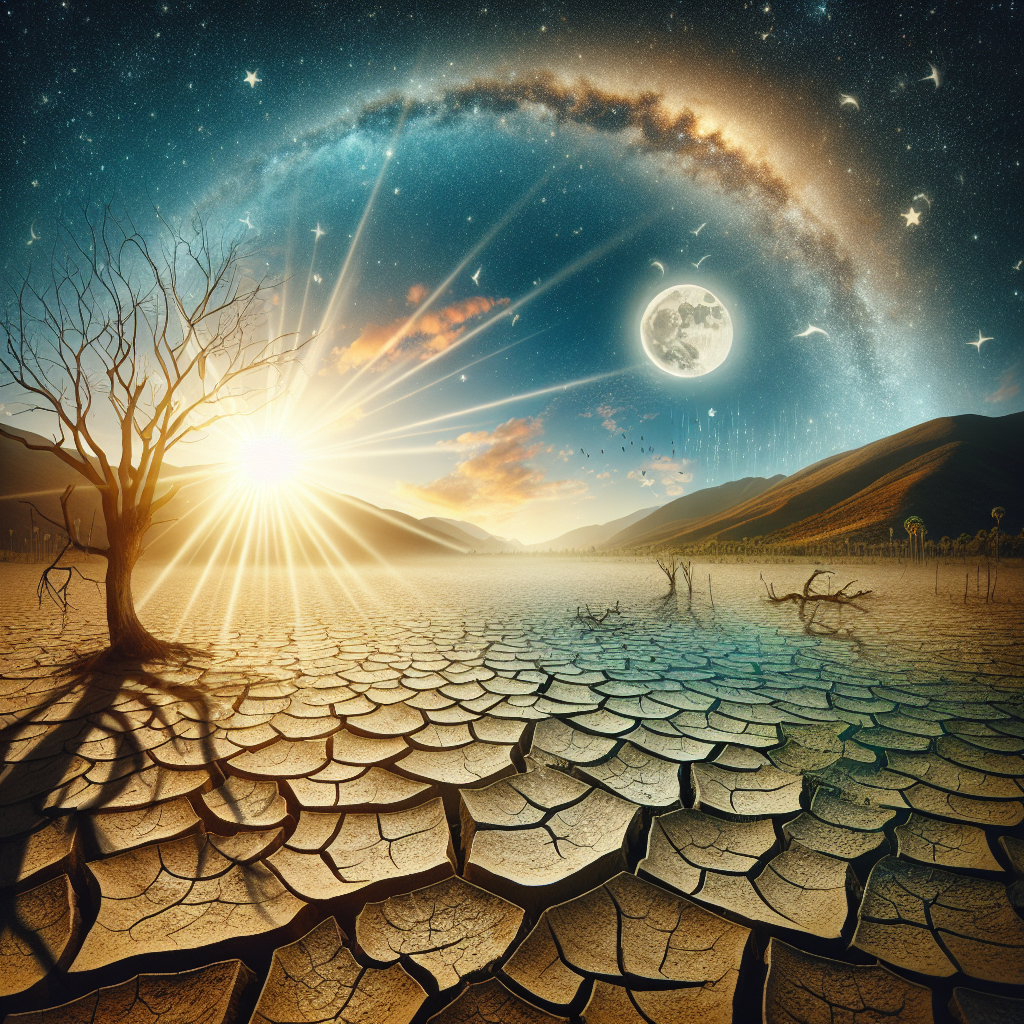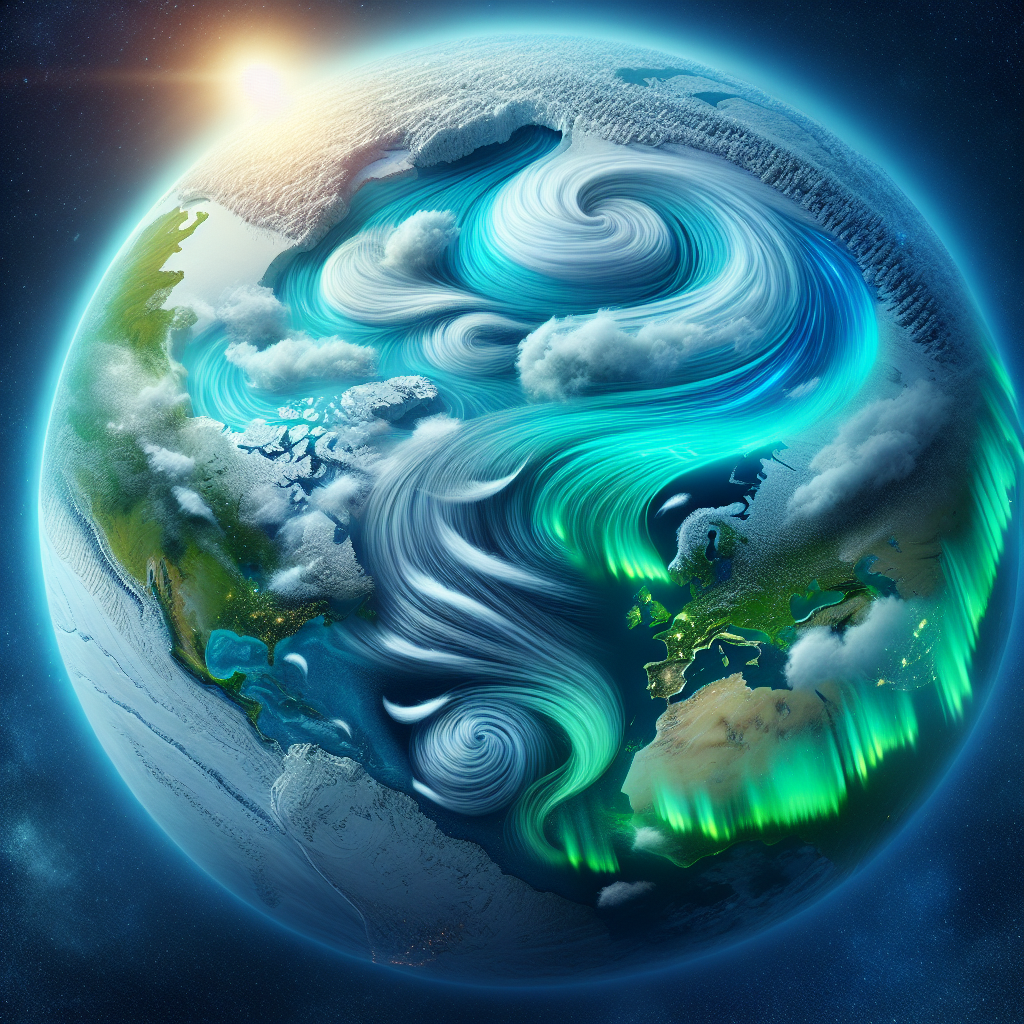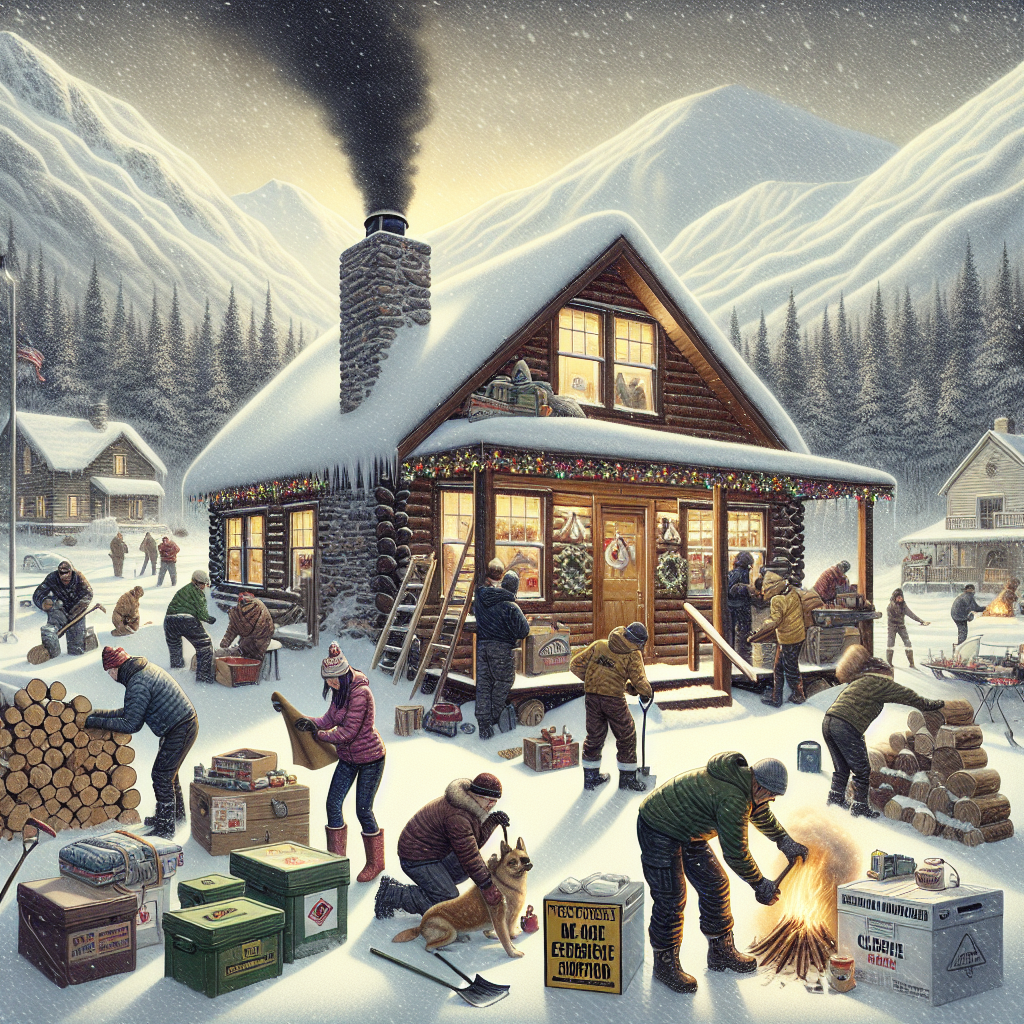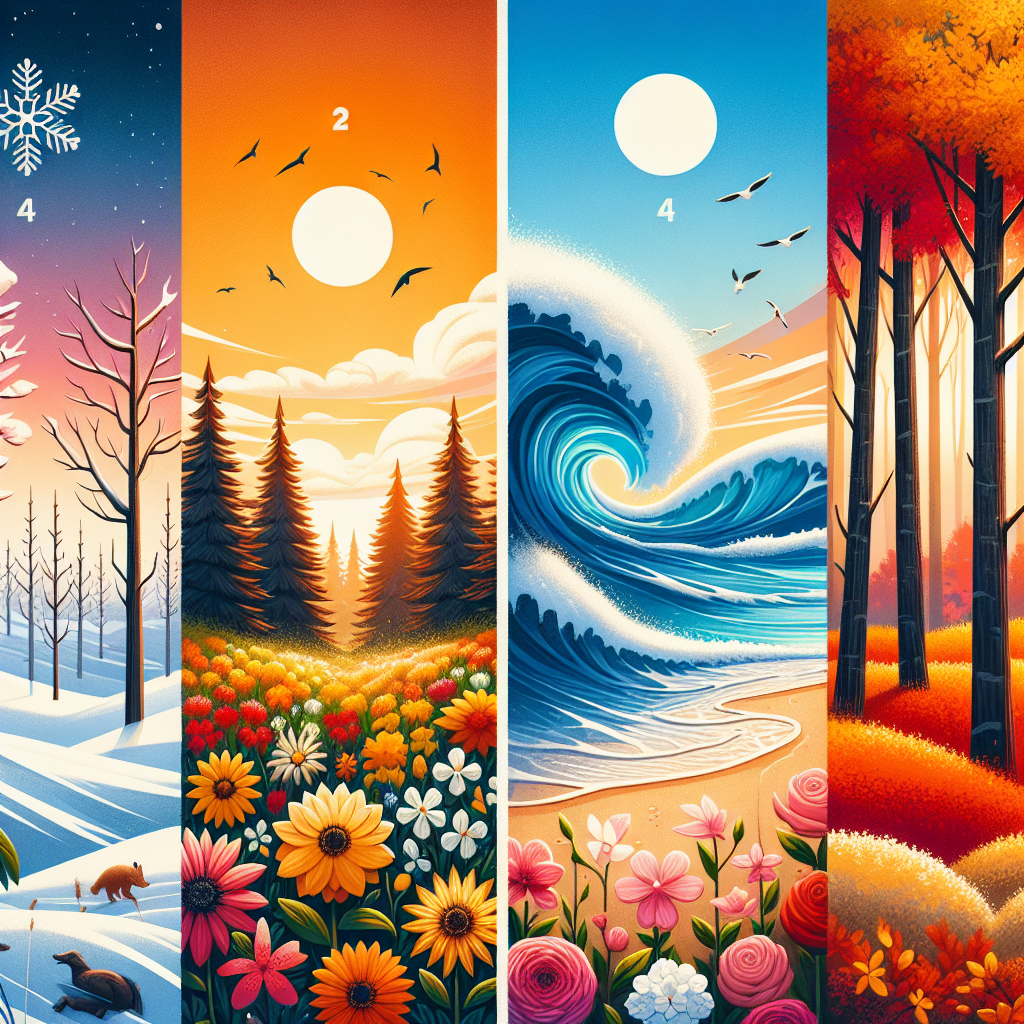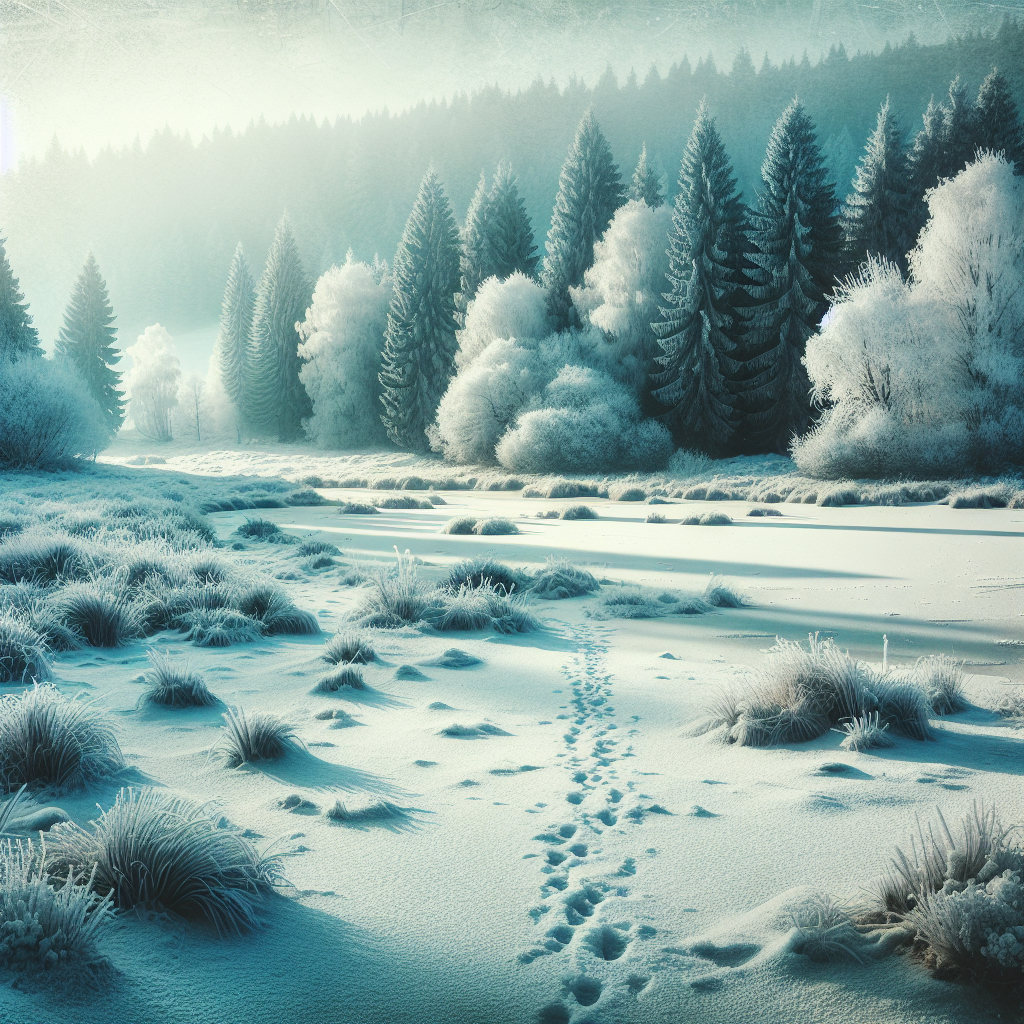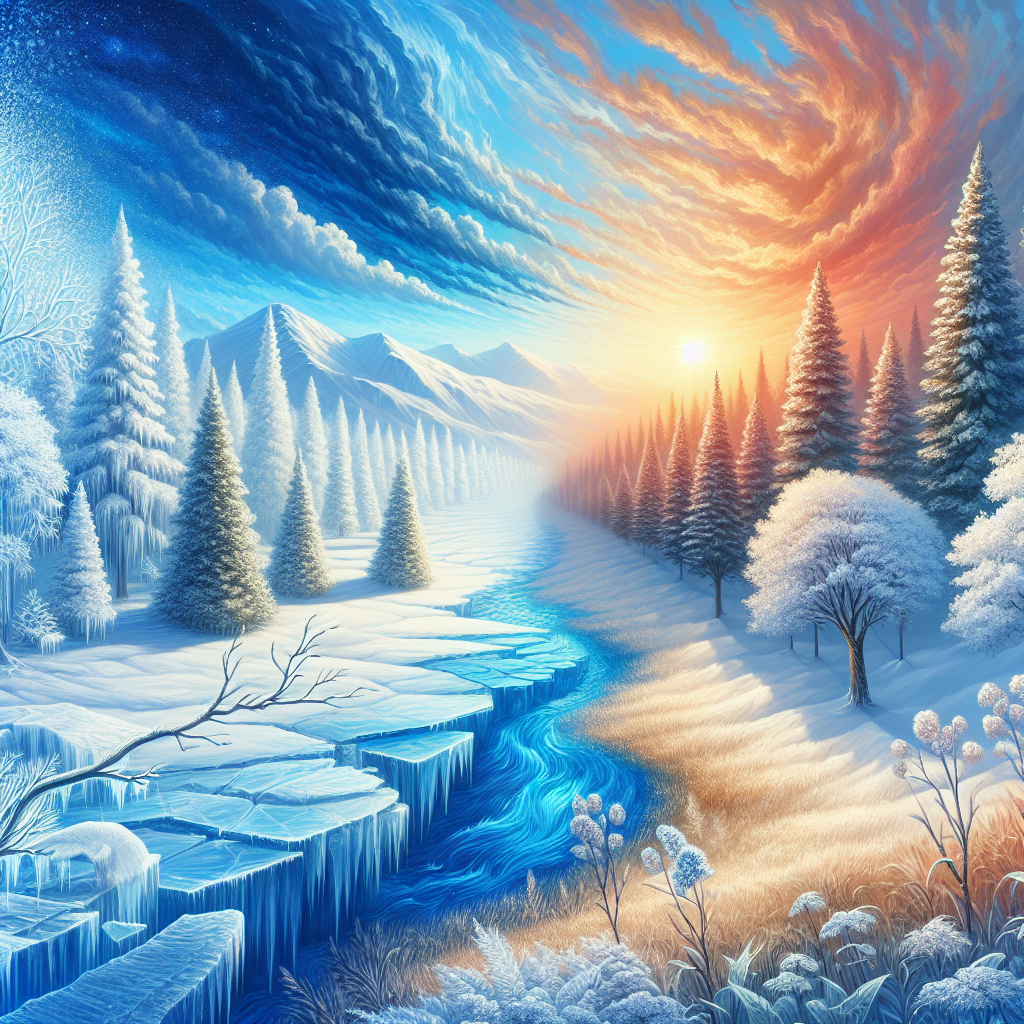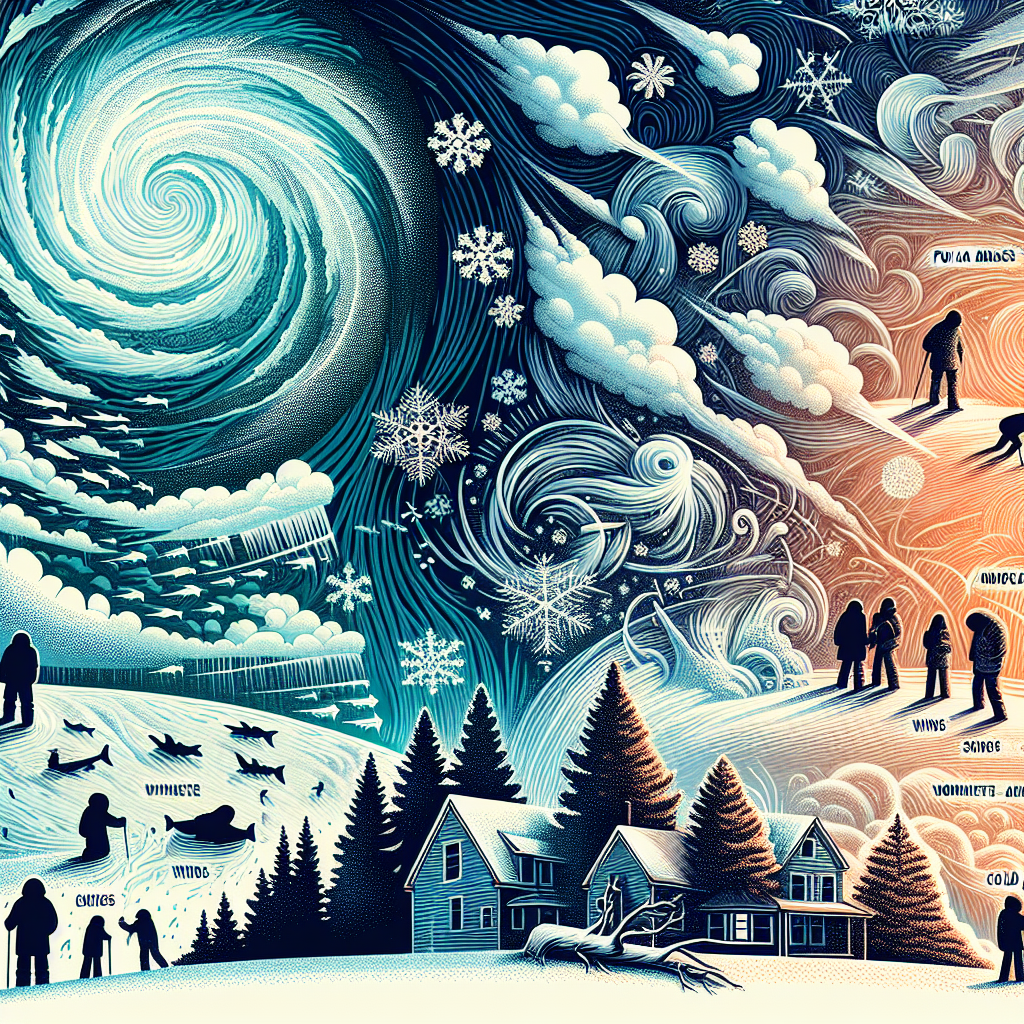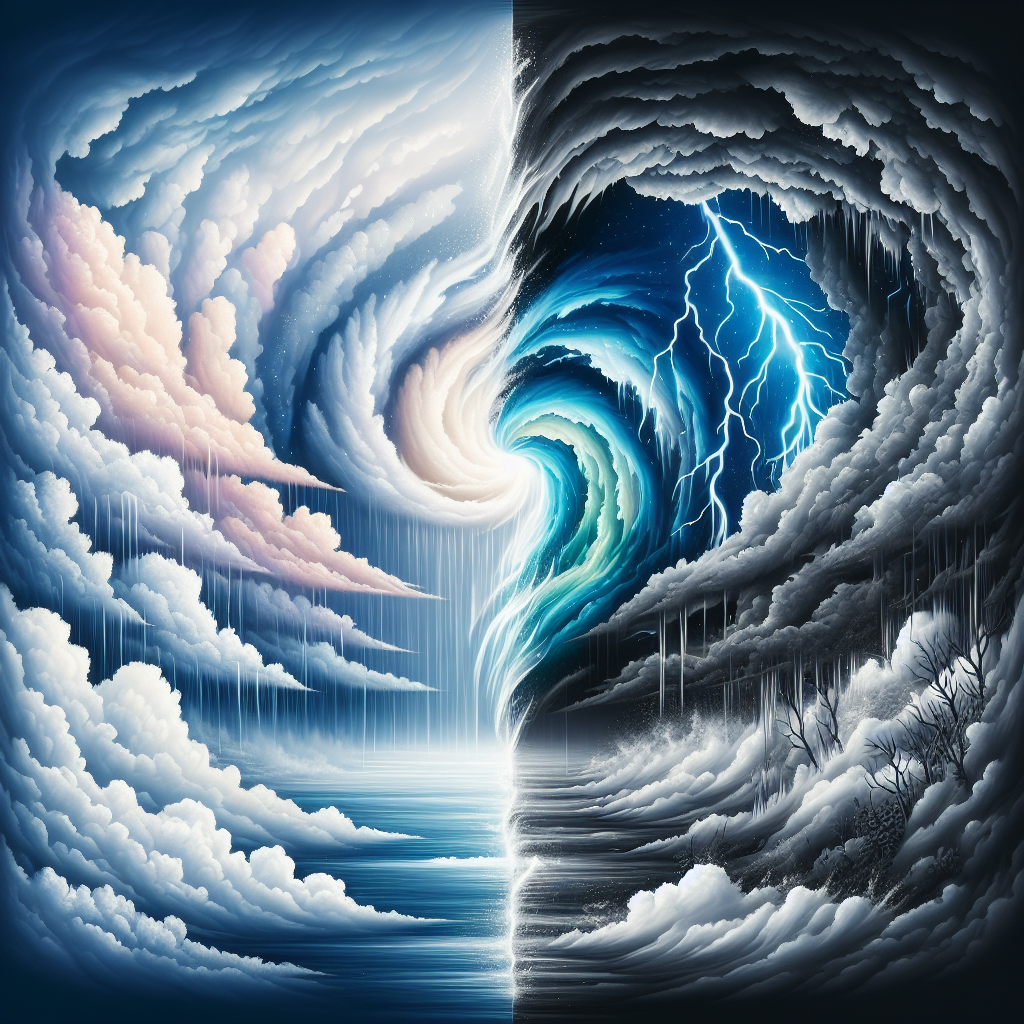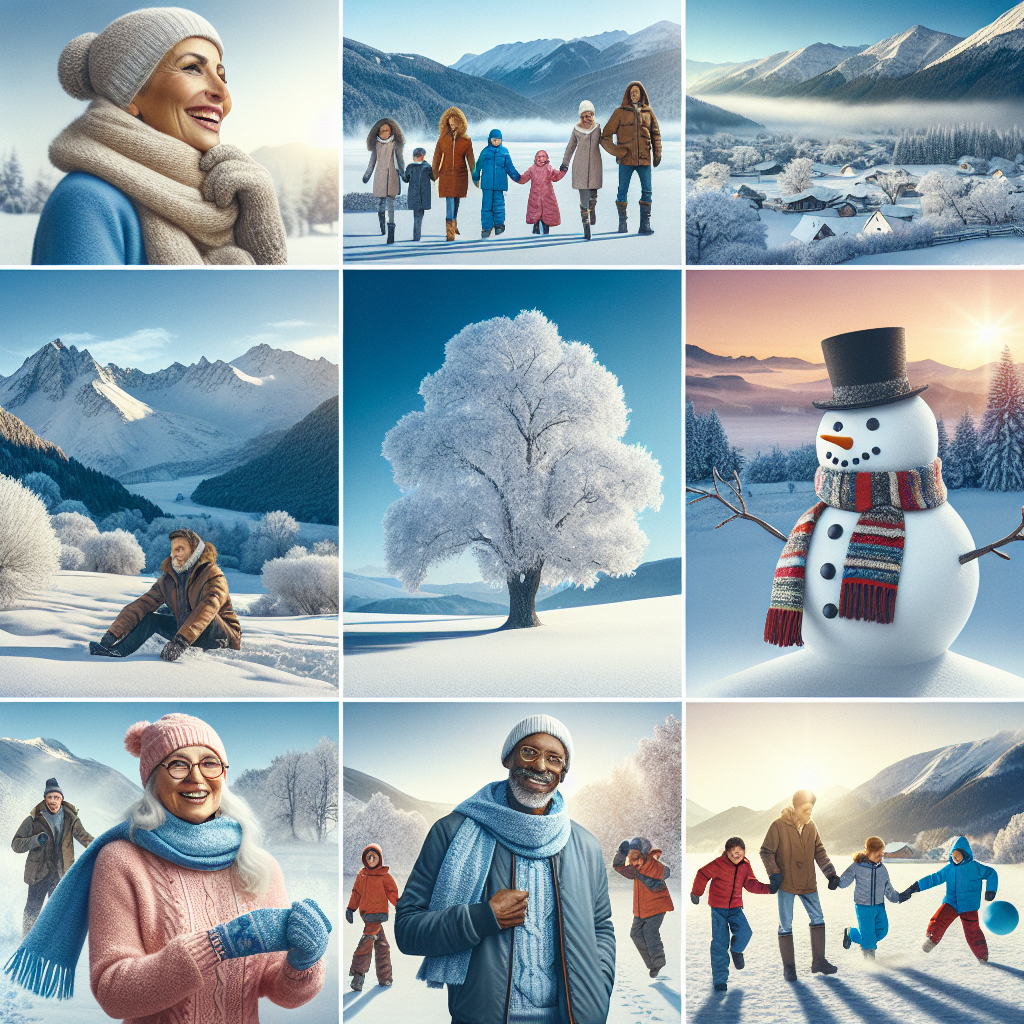The Cultural Significance of Snow Days in Winter Traditions
1. Historical Context of Snow Days
Snow days have long held a cultural significance across various regions of the world. Traditionally, they have served not only as interruptions to daily routines but also as occasions for communal bonding and introspection. Snow-covered landscapes evoke a sense of wonder and nostalgia, mirroring traditions that span centuries. In many cultures, inclement weather has historically necessitated the creation of community gatherings and indoor activities.
2. Snow Days in Folklore and Mythology
Many winter traditions draw upon folklore linked to snow. In Scandinavian countries, for instance, snow is often associated with the mythical figures of winter, such as the snow queen and frost giants. These stories reflect the human relationship with nature, emphasizing the beauty and dangers of winter. In Japan, the tradition of “Juhatsu” (the disappearance of fog) intertwines with snowy landscapes, showcasing how communities ritualize their interactions with winter phenomena. These tales help form a cultural identity and foster a connection between people and their environment during snow days.
3. Education and Snow Days
In North America, snow days often result in school closures, providing students a welcome break from the rigors of academic life. The concept of a snow day elicits joy and freedom, acting as a day to explore outdoor activities such as sledding or snowball fights, fostering creativity and social skills. From an educational standpoint, these spontaneous days off provide children with unique opportunities for experiential learning, whether through nature exploration or community involvement.
4. Snow Days as Family Bonding Experiences
One of the most cherished aspects of a snow day is the opportunity for family bonding. Parents and children often engage in activities that are not typical during their busy schedules. Building snowmen, enjoying hot cocoa, or playing board games indoors can foster deeper familial connections. Cultural traditions may also surface during snow days, from holiday baking to storytelling, helping families to pass down cultural heritage and familial legacies through shared experiences.
5. Culinary Traditions Associated with Snow Days
Winter traditions are intertwined with specific culinary delights that bring comfort during snowy weather. In many cultures, preparing hearty soups and stews is common when snow cloaks the outside world. In the U.S., chili and cornbread often signify a cozy snow day meal. Meanwhile, in Russia, blini and hot tea serve as essentials, symbolizing warmth and hospitality. These culinary practices reinforce familial bonds and regional identities while creating sensory experiences tied to specific winter memories.
6. Community Gatherings and Snow Days
Snow days often lead to community gatherings, reinforcing neighborhood ties. Events like winter festivals, ice-skating parties, or community potlucks become spaces where people come together to celebrate the beauty of snow. In many rural communities, snow days foster interactions outside of the everyday hustle, allowing residents a chance to connect and support one another. These gatherings often blend secular traditions with religious or cultural festivities, contributing to a shared sense of identity and solidarity.
7. The Role of Snow Days in Environmental Awareness
Snow days also prompt heightened awareness about the environment. The beauty of a snow-laden world can inspire individuals to appreciate the changing seasons and, subsequently, to consider environmental conservation efforts. In educational contexts, snow days can prompt discussions on climate, weather patterns, and ecological impact. This awareness is crucial for cultivating a generation of environmental stewards committed to preserving their surroundings.
8. Artistic Expressions and Snow Days
The aesthetic beauty of snow has inspired countless artists, writers, and musicians. Snow days offer a unique canvas for creativity. Poets such as Robert Frost have poignantly captured the solitude and beauty of snowy landscapes in their work. Impressionists like Claude Monet painted scenes depicting winter’s serene stillness. In contemporary culture, snow days inspire photography, blogging, and social media storytelling, allowing people to share their winter experiences, thereby knitting a tapestry of collective memories.
9. The Psychological Effects of Snow Days
Culturally and psychologically, snow days offer a respite from everyday stressors. The tranquility associated with the sound-dampening effects of snow can provide mental clarity. They can be a time for reflection, providing individuals with space to engage in mindfulness practices. Many cultures integrate winter practices like meditation or leisurely walks in the snow, all of which contribute positively to mental well-being.
10. Global Perspectives on Snow Days
Cultural interpretations of snow days vary widely around the globe. In countries like Canada and Russia, where snow is prevalent, snow days are routinely anticipated and celebrated. In contrast, areas that experience rare snowfall may respond differently; snow can evoke excitement or panic, leading to a unique set of community responses. For example, regions accustomed to snow may relish in winter sports while those unaccustomed might revel in the novelty of snowball fights and building snowmen, amplifying the cultural significance of these days.
11. Snow Days in Literature and Media
Snow days also permeate literature and media, serving as settings for transformative experiences and character development. Films like “Fargo” or “Snow Day” portray snow as an element that shapes narratives, influencing character arcs and communal engagements. These representations inform cultural perceptions and entertain while simultaneously highlighting the profound connection people have with winter weather.
12. Technology’s Role in Modern Snow Days
In our increasingly interconnected world, technology has transformed how we engage with snow days. Online platforms and social media allow individuals to share their experiences in real-time, creating a digital community around winter activities. This sharing fosters global connections, enriching cultural exchanges and inviting discussions about climate change, sustainability, and regional differences regarding snow impact and their significance.
13. Rituals and Celebrations Related to Snow Days
Many cultures have significant rituals or celebrations that align with snow days. For example, in Finland, the joyous winter solstice celebrations often include snow-related games and festivities that embrace the season. Similarly, in parts of Europe, Carnival festivities bring people together amidst snow, integrating elements of tradition and merriment. These celebrations reinforce cultural values while encouraging familial and community participation.
14. Psychological and Emotional Aspects of Snow Days
Snow days also tap into the emotional psyche of individuals, invoking feelings of nostalgia and a longing for simpler times. They can serve as markers of childhood joy, fostering reflection on formative experiences that shape individuals’ identities. The thematic elements of winter often overlap with introspective narratives, where the chilly environment compels contemplation and self-discovery.
15. Future of Snow Days in a Changing Climate
As climate change continues to redefine weather patterns, the future of snow days may evolve. With less predictable snowfall, communities may find it increasingly important to celebrate and recognize snow days as cultural treasures. Efforts to protect winter traditions might provide avenues for resilience as societies adapt to changing environmental realities, ultimately preserving the essence of what snow days signify—community, connection, and joy amidst the cold.
The cultural significance of snow days extends beyond their fleeting nature; they symbolize resilience, joy, and community in the face of winter’s challenges. Each snow day encapsulates an opportunity for people to connect with nature, with one another, and with their cultural identities, making these occasions vital to winter traditions and overall cultural heritage.


